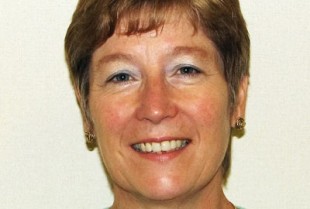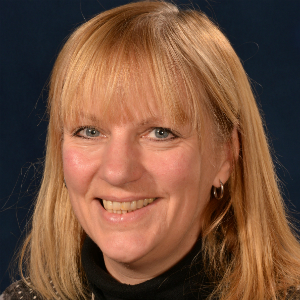 Keeping children safe in and around the home is every parent’s and carer’s priority, but we know that from the moment a new baby is home, an infinite number of hazards and risks can lead to unintentional injuries. RoSPA is a firm believer that accident prevention can save lives and reduce injuries, so what more can be done to keep children safe?
Keeping children safe in and around the home is every parent’s and carer’s priority, but we know that from the moment a new baby is home, an infinite number of hazards and risks can lead to unintentional injuries. RoSPA is a firm believer that accident prevention can save lives and reduce injuries, so what more can be done to keep children safe?
Every year in the UK, more than 5,000 people die in accidents in the home and 2.7million people end up at emergency departments needing treatment. Accidents are the principal cause of death for children and young people aged 0-19 years old - in 2012, there were 464 accidental deaths in this age group across the whole of the UK. Sadly, under-5s are particularly at risk - 80 of the children who were killed in an accident in 2012 were in this age bracket.
In terms of A&E, more than 450,000 under-5s a year attend emergency departments and 40,000 are admitted to hospital as a result of an accident in and around the home again a large percentage of these are under the age of five.
Some of the common and devastating accidents to families, particularly children, include falls, burns, scalds and poisonings by medicine or cleaning products that have not been locked away. We have extensive advice and tips for health practitioners, along with resources, posters and videos available to download on the RoSPA website.
The Marmot Review[1] highlighted the social gradient in health, with lower health outcomes for lower socio-economic groups. Among health outcomes, injuries “are not only one of the major causes of premature death but are also considered as one of the causes of mortality with the steepest social gradient”[2].
Socioeconomically disadvantaged families have been shown to have more unsafe practices than more affluent families[3]. Fortunately, there is also evidence that targeted home safety education and home visitation programmes are “effective in influencing the uptake of a range of safe practices, including for example, safe hot tap water temperatures, functional smoke alarms or storing medicines and cleaning products out of reach”[4].
Health visitors and early years staff, along with other agencies including the fire and rescue services, children’s centres and the public health workforce, all play a vital role in taking safety messages to vulnerable, low-income families. Unfortunately, time is limited and accident prevention is not always the main priority so the combination of delivering targeted interventions on the main accident areas among the most vulnerable will be the most effective.
Having said that, RoSPA does not advocate that children are wrapped up in cotton wool and it has to be accepted that you cannot remove all the risks related to everyday living. Our philosophy is that life should be as safe as necessary, not as safe as possible.
In terms of educating families, remind them that it helps to get down on their knees on the floor and take a look around from a child’s perspective. Suddenly, they will notice things like sharp edges on tables, stray plastic nappy sacks that a baby could suffocate on or hot drinks - a particular concern as the most severe injuries to children are often due to burns and scalds. A hot drink can still scald a child 15 minutes after it has been made.
It is also important to highlight that a child resistant cap on medication and household products does not mean that it is child resistant. The aim of these caps is to give a little time in which parents and carers may spot that a child is accessing a potentially dangerous substance. The simple solution is to store household cleaning products and medication out of reach in a secure cupboard.
Once simple hazards that are often overlooked are recognised, that’s when something can be done about reducing or removing the risks.
But as I said, RoSPA’s ethos is that you cannot remove all the risks and it is about safety in proportion. The most important safety guard for any young child is supervision as accidents often happen when an adult has left the room.
- Visit www.rospa.com for more accident prevention information and advice.
By Sheila Merrill, public health adviser for The Royal Society for the Prevention of Accidents (RoSPA)
[1] Marmot Review, 2010: http://www.instituteofhealthequity.org/Content/FileManager/pdf/key-messages-fshl.pdf
[2] Laflamme et al, Socio economic differences in injury risks http://www.euro.who.int/__data/assets/pdf_file/0012/111036/E91823.pdf
[3] Hapgood et al: How well do socio-demographic characteristics explain variation in childhood safety practices? (2000)
[4] Kendrick et al: Home safety education and provision of safety equipment for injury prevention (2007)
